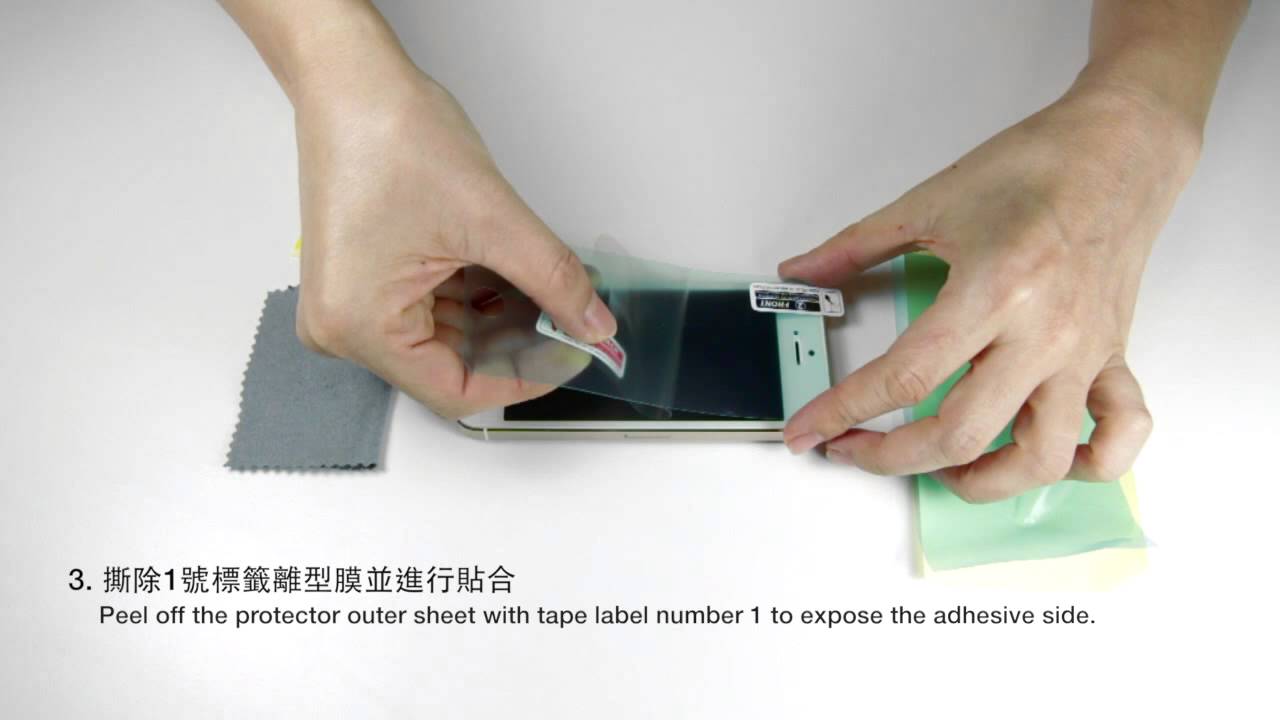How to protect the smartphone screen at a time when they are made as limitless as possible without any frames? For example, I never use any protective films or covers in my smartphones for one simple reason – they spoil the feeling of using the gadget. However, it is worth noting that at the same time I do not really like buying expensive gadgets, because I don't mind breaking them. If you are the owner of a premium device, it is undoubtedly worth using protective equipment, and in this material we will help you figure out how smartphone screens are generally protected and what kind of protection is best to choose.

How to protect your smartphone screen?
Smartphones are protected with protective films or glass. There are 3 options on the market: PET, TPU and toughened glass. Let's take a closer look at each of them.
PET films

This is a common protective film known to many, consisting of polyethylene terephthalate – a type of plastic. These films are the cheapest, but they are not very durable. Polyethylene terephthalate is often used in food containers, but as you can see, it works well for protecting smartphones. The downside of PET films is the lack of protection from fat deposits, poor protection from sun glare and physical stress. PET film is best used only if your primary concern is saving money on device protection.
TPU films

This is a good option for those who care about the absence of those drawbacks that the usual PET films have. Thermoplastic polyurethane – this is the name of the material of which TPU films are made, is a chemically improved version of polyethylene terephthalate. It is better protected from scratches, more elastic, better protected from grease and dust. Due to its elasticity, the material is able to recover from damage. The video above shows that scratches on the TDU film are almost invisible. It is also interesting that this material is often used to protect the hull of fighters.
Another advantage of TDU in comparison with glass and PET is a significant reduction in glare from light sources. Undoubtedly, TPU films can be the best option for many due to their durability and other advantages. However, some people will still like glass better, as it will offer improved protection when it comes to device drops.
Strained glass
As a rule, safety glasses consist of several layers. At the lowest level is the silicone backing, followed by PET film, tempered glass, and an oleophobic coating. All this fits into glass less than 0.4 mm thick. The main feature is shock protection. According to these parameters, hardly any TPU or PET solution can compare with it, if, of course, we are talking about good glass.
Installing film or glass
It is worth saying a few words about how the process of installing protective films and glasses usually takes place. Typically, in this case, two methods are used: wet and dry. In the first case, a special liquid is sprayed between the film or glass using a spray gun, which acts as a holding force between the screen and the film / glass. The dry method involves bonding film or glass to a screen using ordinary static electricity. The latter is used most often due to its simplicity. In this case, you do not have to wait for the liquid between the glass / film and the screen to dry.
Some users may have problems with fingerprint recognition if the scanner is under the display. For example, the owners of the Samsung Galaxy S10 smartphone faced such a problem at one time. Later, the problem was solved with the release of a software update.
Screen protectors and glasses can hide scratches, if they are small, of course. Otherwise, the wet installation method can be used, which can allow liquid to get into areas with deep scratches, this will hide them.
conclusions
Which remedy should you choose? I am inclined in favor of glass for one simple reason – it protects better when the device falls. Currently, Gorilla Glass 5 protective glass, installed on smartphones, copes well enough with protection against scratches, so you need to focus on the shock resistance of the screen.
What do you think? Share your opinion in the comments below and don't forget about our Telegram.
Based on materials from phonearena
